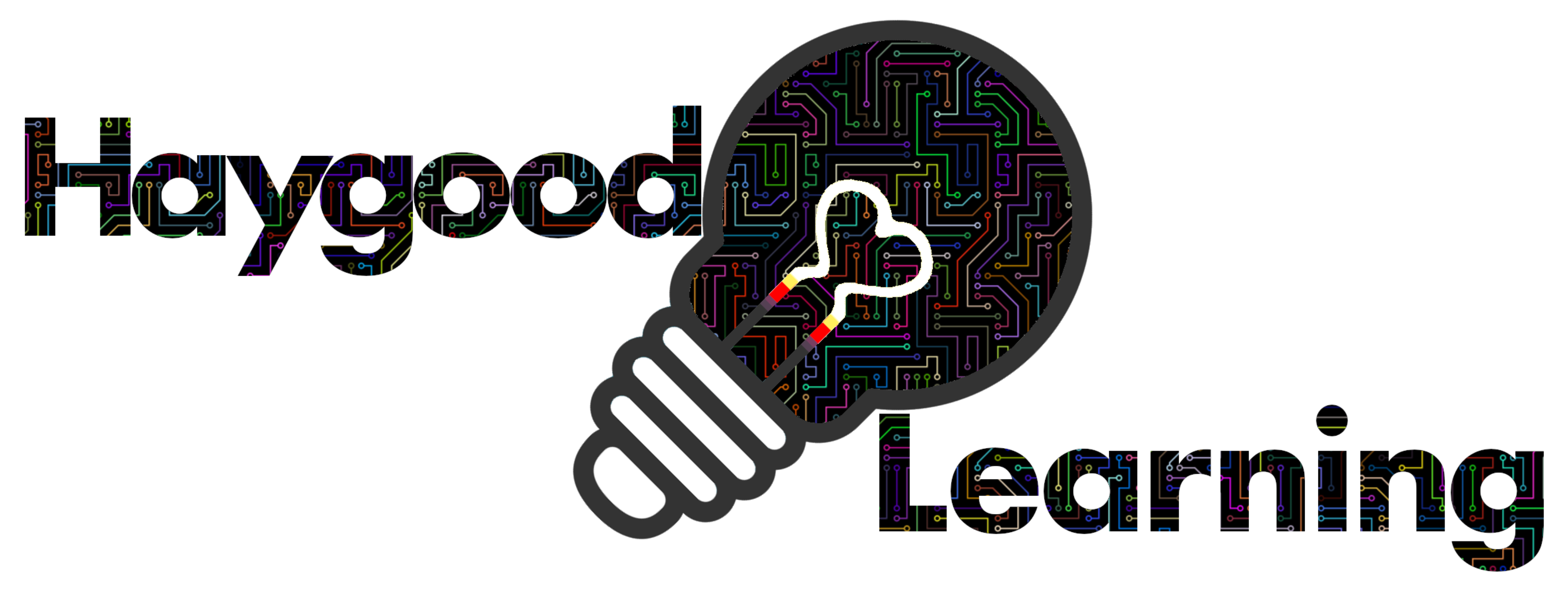Differentiation Solutions
for Teachers at All Levels of Experience
Remember, there are 4 ways to differentiate:
Content, Process, Products, and Environment.

Content Differentiation
– this includes knowledge, skills, and attitudes we want children to learn
Content differentiation requires that students be formally or informally pre-assessed on TEKS so the teacher can identify the students who do not require direct instruction.
Process Differentiation
– varying learning activities/strategies to provide appropriate methods for students to explore the concepts
Process differentiation provides alternative paths for students to manipulate the ideas embedded within the concept (different grouping methods, graphic organizers, maps, diagrams, or charts).
Product Differentiation
– varying complexity of the product that students create to demonstrate mastery of a concept
Different performance expectations for above level students to demonstrate continued progress (ie. more complex or more advanced thinking~Bloom’s Taxonomy).
Environment Differentiation
– adjusting the operation and tone of the classroom to increase opportunities for curiosity and learning, while maintaining a least-restrictive environment
G/T nature, needs, intelligences, and overexcitabilities are considered when developing routines, rules, and classroom organization. The climate of the classroom is pro-intellect and pro-inquiry.


Haygood Learning
Let them learn.
Copyright © 2025 Haygood Learning. All rights reserved.




